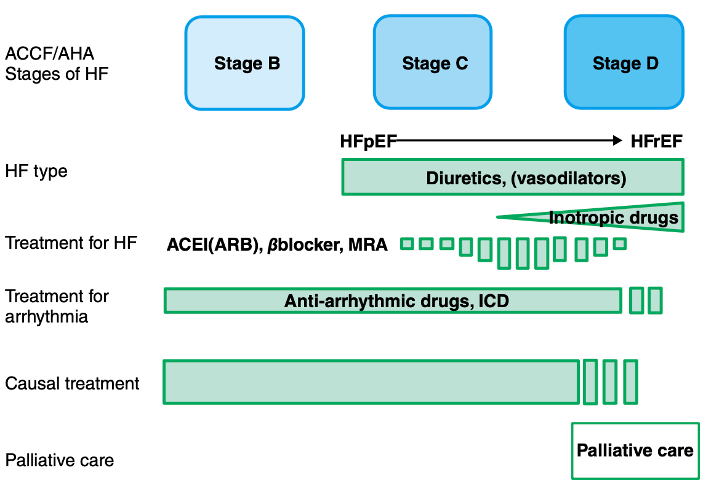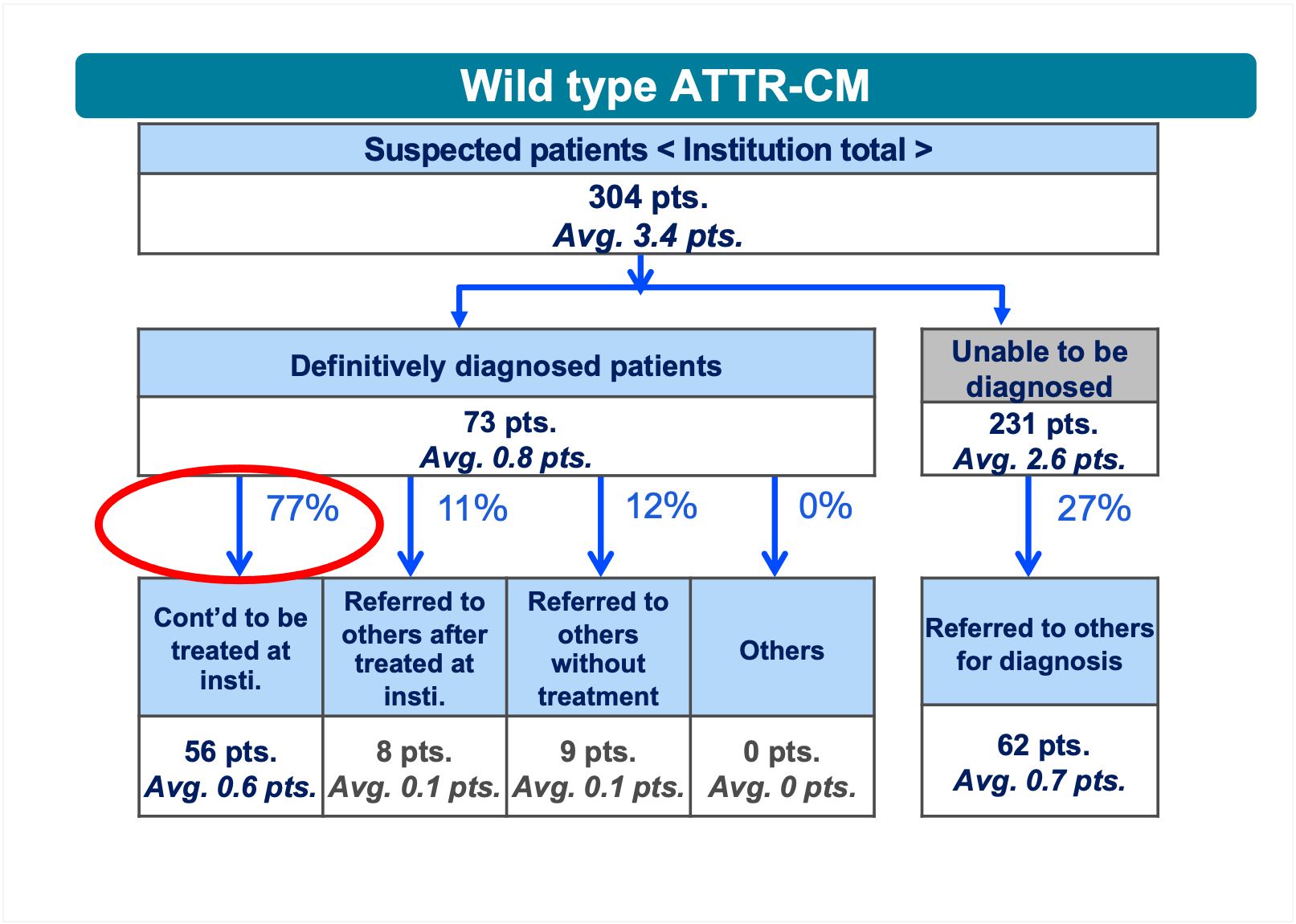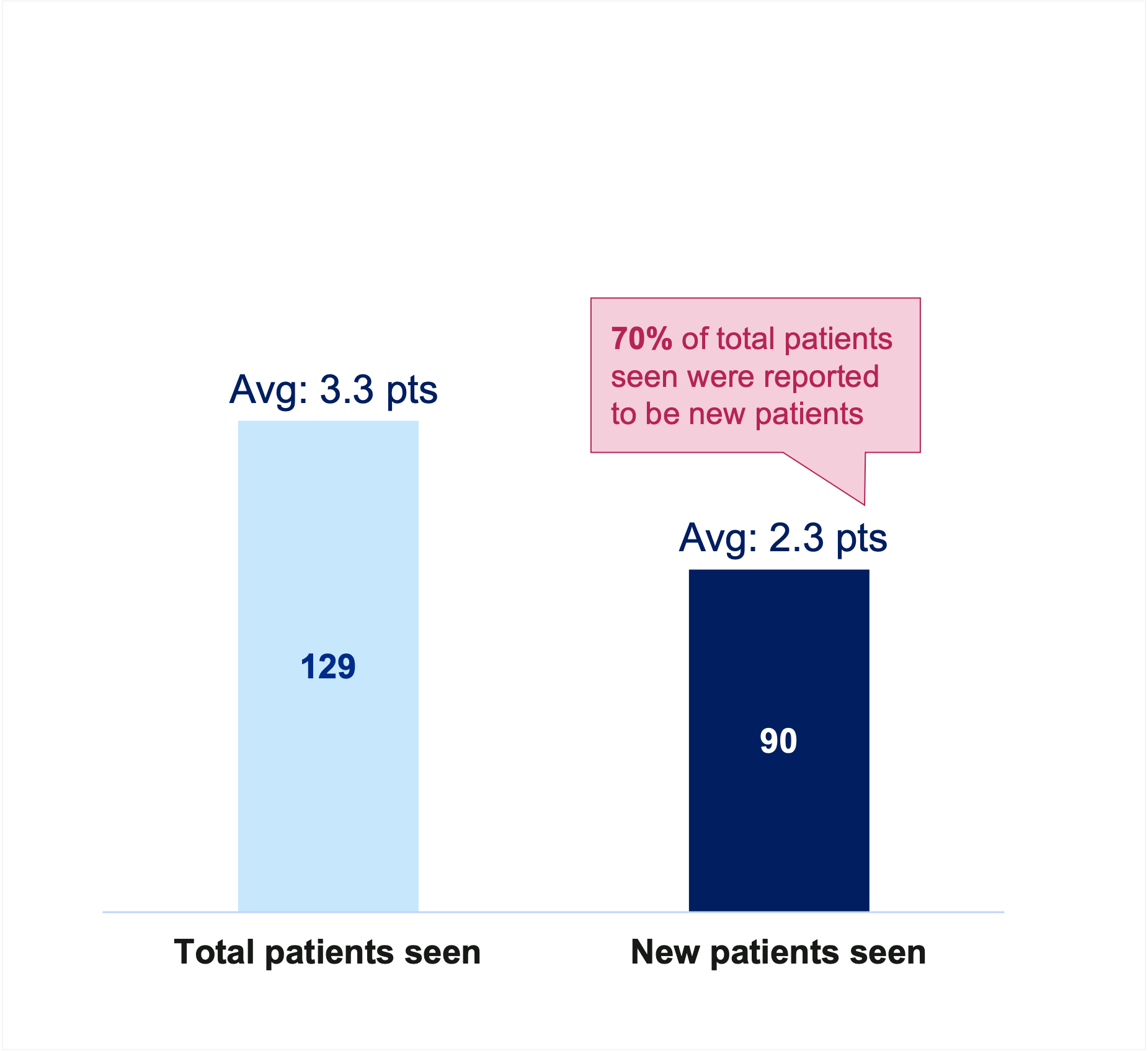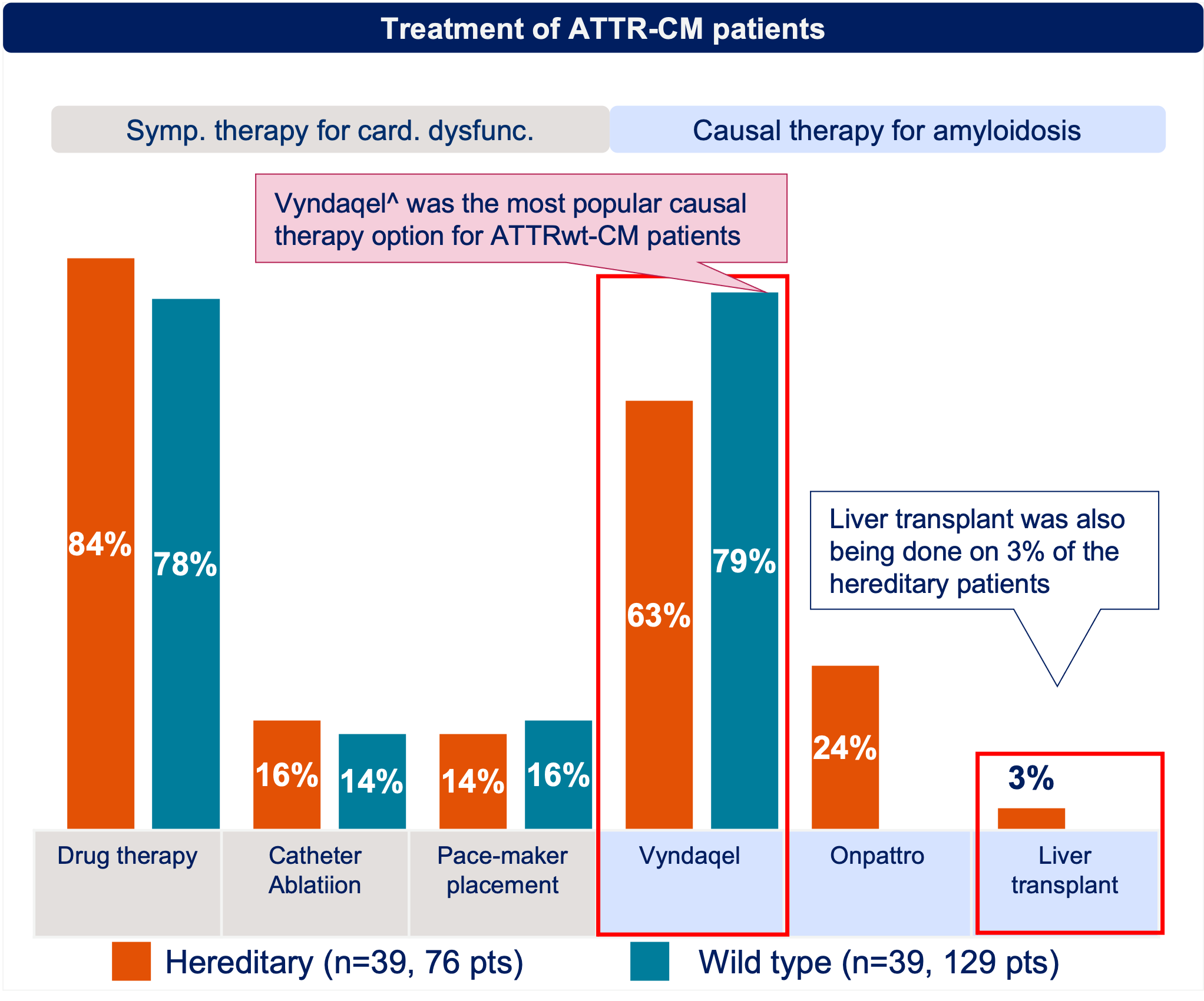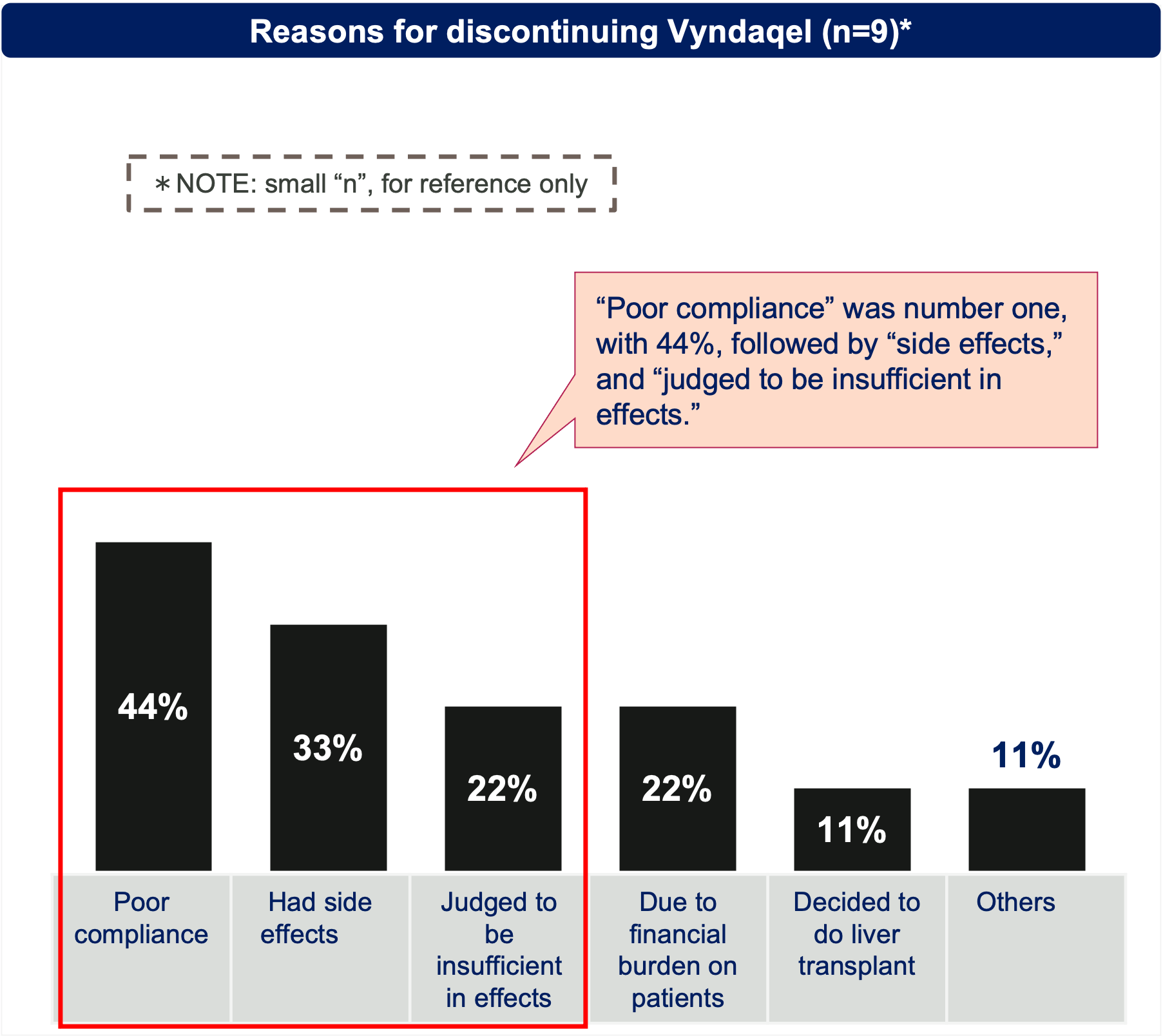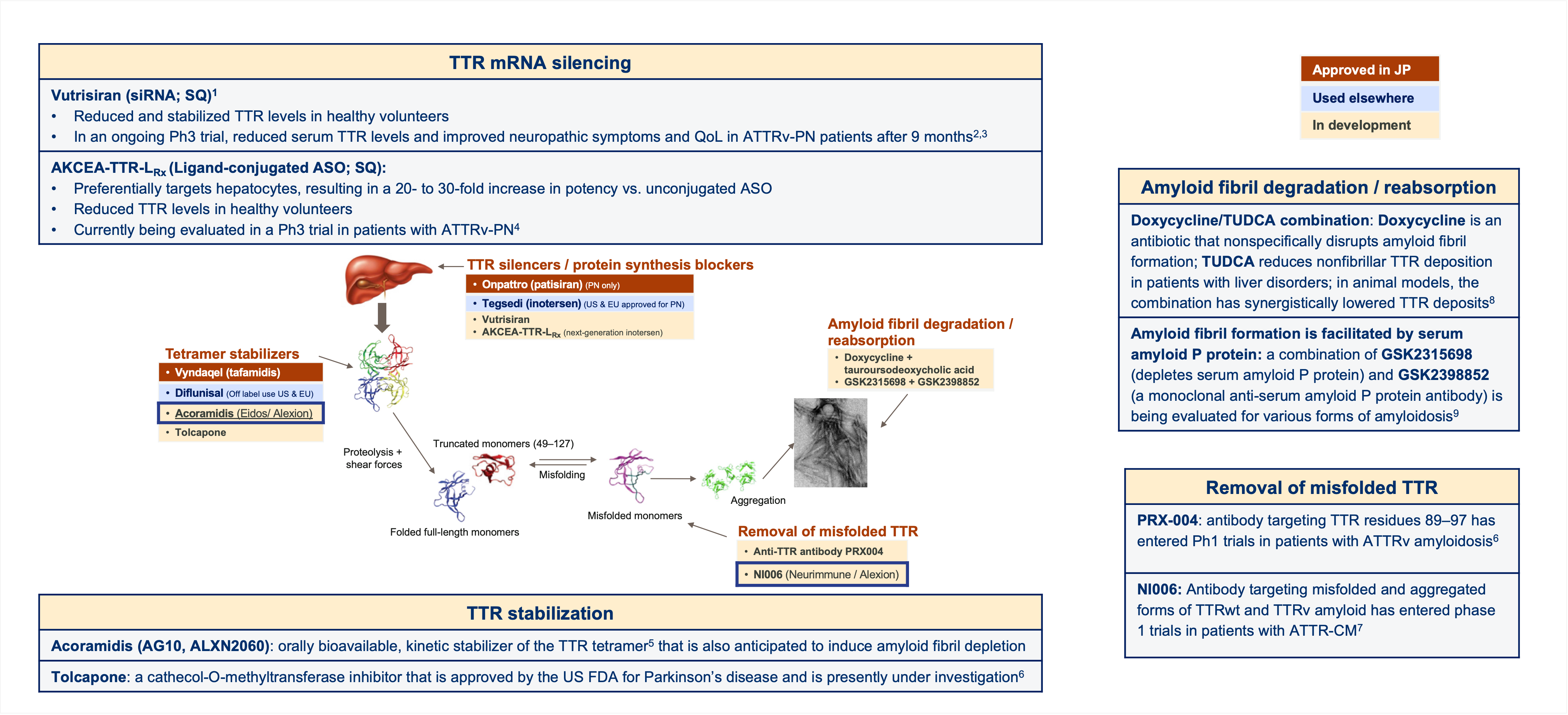
Notes: * Pacemaker Implantation: Many ATTR‐CA patients are facing at high risk of conduction system disorders requiring cardiac pacing for symptomatic atrioventricular block or bradycardia, and its indication follows current standard guidelines. However, there are no guidelines for the indication or optimal timing of prophylactic pacemaker implantation for asymptomatic ATTR‐CA patients. Although cardiac pacing can be helpful in symptomatic relief, there are no significant beneficial effects on patient survival. Moreover, ventricular dyssynchrony or lead‐induced tricuspid regurgitation caused by right ventricular pacing might have deleterious impacts on haemodynamics.
Notes: ** Common causes of death in patients with cardiac amyloidosis are a (rapidly) progressive heart failure and sudden cardiac death. While some studies have documented a high incidence of ventricular arrhythmias and have even shown a prognostic significance for the occurrence of ventricular couplets or nsVTs, other studies indicate a greater significance of bradycardic arrhythmias (especially higher grade AV blockages or electromechanical decoupling) as triggering factors for decompensation or sudden cardiac death. A causally obvious benefit of pacemaker or ICD therapy (e.g., in the form of a reduction in mortality or SCD risk) has so far not been observed in larger studies. However, it needs to be considered that in individual cases and smaller studies, convincing evidence of the benefit of ICD therapy in patients with cardiac amyloidosis has been provided. In the American guidelines updated in 2017, these recommendations were withdrawn; instead, only an individual decision is recommended. Recently published recommendations from the Heart Rhythm Society (HRS) suggest ICD implantation in patients with AL amyloidosis in case of nsVTs and an expected survival of > 1 year (IIb/C)—but do not separately address patients with ATTR amyloidosis.3
- Yamamoto H, Yokochi T. Transthyretin cardiac amyloidosis: an update on diagnosis and treatment. ESC Heart Fail. 2019;6(6):1128-1139. doi:10.1002/ehf2.12518
- Kitaoka H, et al. JCS 2020 guideline on diagnosis and treatment of cardiac amyloidosis. Circ J. 2020. 84(9), 1610-1671. https://doi.org/10.1253/circj.CJ-20-0110.
- Yilmaz, A., Bauersachs, J., Bengel, F. et al. Diagnosis and treatment of cardiac amyloidosis: position statement of the German Cardiac Society (DGK). Clin Res Cardiol 110, 479–506 (2021). https://doi.org/10.1007/s00392-020-01799-3
- Fontana M. Mar. 23, 2021. Amyloid cardiomyopathy: Treatment and prognosis. UptoDate. https://www.uptodate.com/contents/amyloid-cardiomyopathy-treatment-and-prognosis#H89526001.

